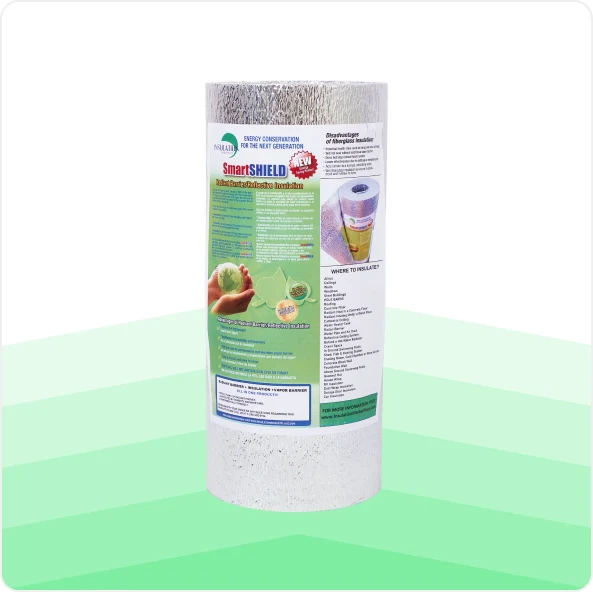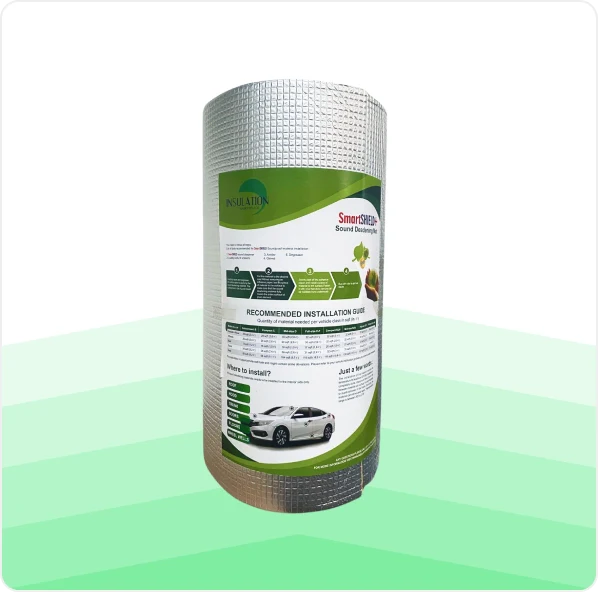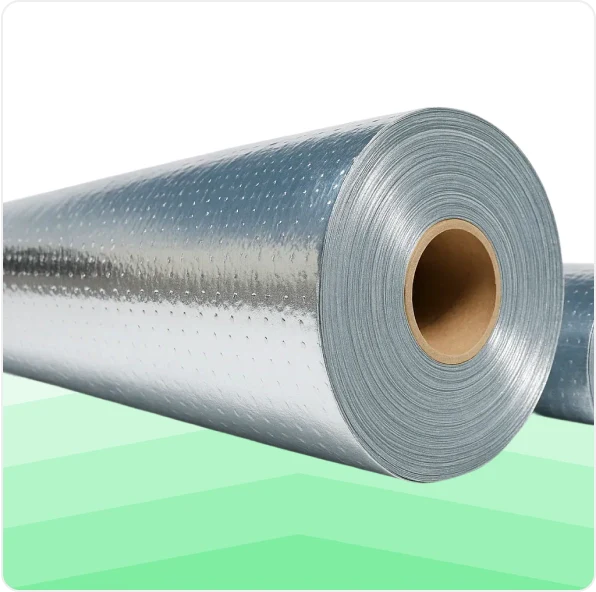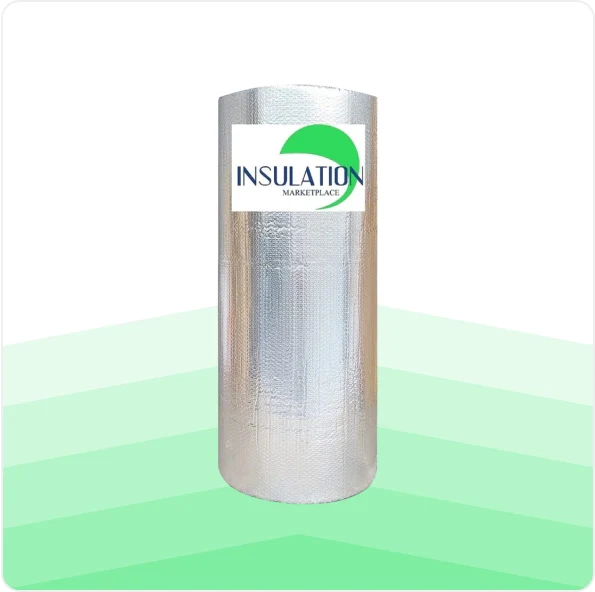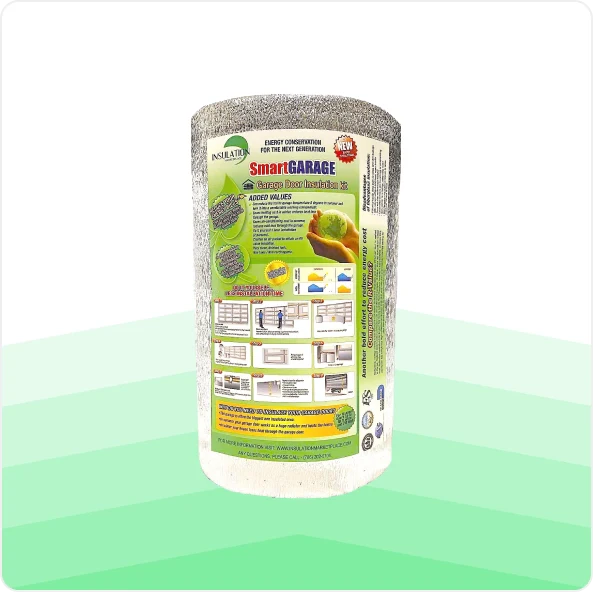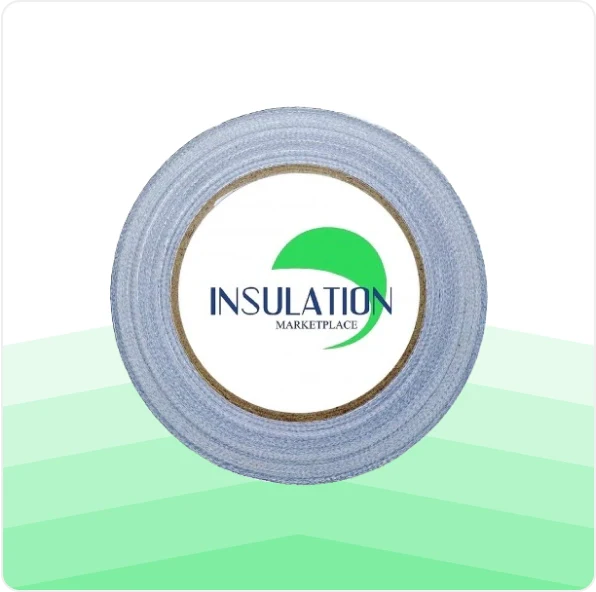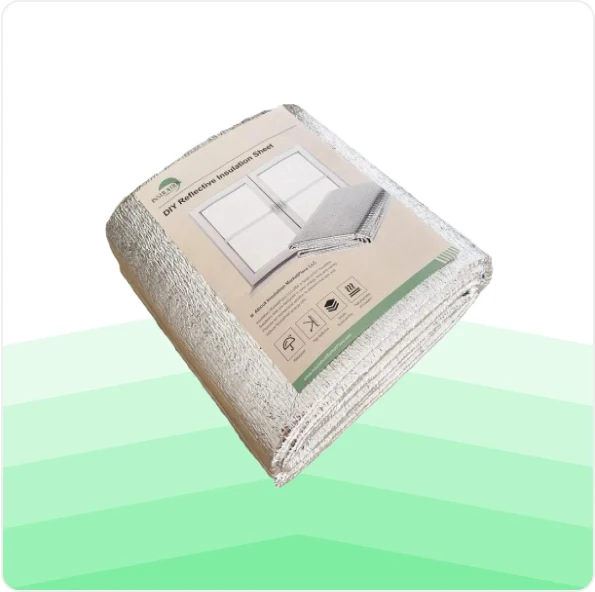Windows are one of the biggest sources of heat gain in a home during the summer. Even high-quality windows can allow radiant energy and hot air to pass through, raising indoor temperatures and making your air conditioner work harder. Learning how to insulate windows for summer is one of the most effective ways to increase comfort, reduce energy use, and save money.
Whether you're cooling a residential space, an RV, or even a garage workshop, properly insulating your windows can make a big difference.
In this guide, we’ll show you simple, effective steps to block out the summer heat and highlight DIY-friendly products that make the job even easier.
Start with a summer window insulation checklist
Before installing anything, take a few minutes to evaluate your windows. Not all windows allow the same amount of heat in, and some may already be partially protected. A quick inspection will help you decide which windows need attention and what kind of insulation will work best.
Here’s what to look for:
- Sun-facing windows that receive direct exposure during the hottest part of the day
- Old or unsealed frames where air leaks are likely
- Single-pane windows which provide minimal thermal resistance
- Metal or thin vinyl frames which can conduct heat into your home
Understanding how to insulate windows for summer starts with knowing where heat enters and where improvements can be made.
Tools and materials you need to insulate windows for summer
Insulating your windows doesn’t require a full renovation. With just a few basic materials and a little time, you can significantly reduce indoor heat gain. Some of the most useful items include:
- Reflective insulation rolls like SmartSHIELD or SmartFOIL
- Double-sided or foil tape
- Weatherstripping for gaps and seals
- Blackout or thermal curtains (optional for sun-facing rooms)
- Scissors, measuring tape, and a utility knife
Knowing which tools to use helps ensure success when you start learning how to insulate windows for summer.
How to Insulate Windows for Summer
1. Measure your windows
- Use a measuring tape to get the exact height and width of each window
- Be sure to measure both the glass and the full frame area if needed
- Write down the sizes so you can cut your insulation material precisely

2. Find air leaks
- Run your hand around the window edges on a hot day
- If you feel warm air coming in, you’ve found a draft
- You can also use a candle or lighter, the flame will flicker near leaks

3. Cut and apply reflective insulation
- Cut SmartFOIL or SmartSHIELD to match the size of your window
- Fit the reflective insulation inside the frame or over the glass
- Use tape to secure it, or just fit it snugly so it stays in place
- This helps reflect heat before it enters your room

4. Seal any gaps
- Use peel-and-stick weatherstripping or foam tape
- Apply it along the edges and corners of the window frame
- This stops warm air from leaking in and keeps cool air inside

5. Add thermal or blackout curtains (optional)
- Hang curtains to add another layer of heat protection
- Works great for sun-facing rooms or anywhere that gets too bright
- You can combine this with reflective insulation for extra impact

Best materials for a summer window insulation project
Reflective insulation is the top choice when you're figuring out how to insulate windows for summer. It’s lightweight, flexible, and highly effective at blocking radiant heat.
Two standout options from Insulation MarketPlace are:
- SmartSHIELD – Reflective insulation roll with a foam core for added thermal resistance
- SmartFOIL – Radiant barrier designed for direct heat reflection on windows, garage doors, and walls
These materials are:
- Easy to install with scissors or a utility knife
- Cleaner and simpler to use than fiberglass or rigid foam board
- Removable and reusable season after season
Unlike bulky alternatives, reflective insulation creates less mess and is ideal for renters or DIYers who want results without making permanent changes.

What to expect after you insulate windows for summer
Insulating your windows helps you stay comfortable and save money. You may notice a difference in room temperature in just a day or two.
- Cooler indoor temperatures
- Less strain on your air conditioning
- Fewer hot spots near windows
- Reduced glare and UV exposure on furniture
One of the best parts? Reflective insulation can be removed in the fall and stored for future use. If you've been wondering how to insulate windows for summer without spending a lot or making permanent changes, this method checks every box.
To get started, check out SmartSHIELD, SmartFOIL, and other window-ready insulation solutions at Insulation MarketPlace.

